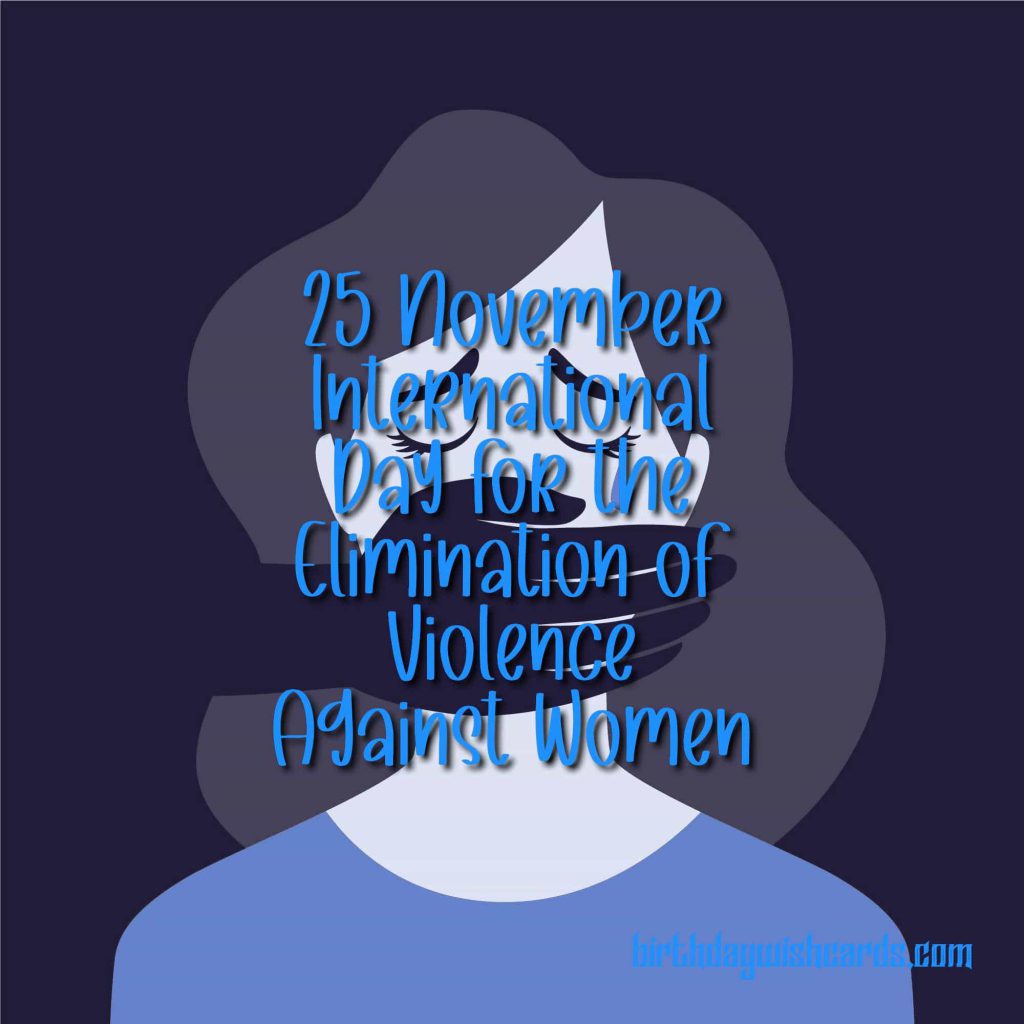
25 November: International Day for the Elimination of Violence Against Women
The International Day for the Elimination of Violence Against Women, observed every year on 25 November, is a vital occasion dedicated to raising awareness and inspiring action to end violence against women and girls worldwide. This day underscores the urgent need to address gender-based violence and advocates for the protection and advancement of women’s rights globally.
The Role of the U.N. General Assembly
The United Nations General Assembly has been instrumental in the fight against violence toward women. In 1979, it adopted the Convention on the Elimination of All Forms of Discrimination Against Women (CEDAW), a landmark in the global effort to combat gender-based discrimination. Despite such progress, violence against women remains a widespread and persistent challenge.
To further this cause, the General Assembly adopted Resolution 48/104, which established a foundation for the global movement to end gender-based violence. On 20 December 1993, through this resolution, the Assembly issued the Declaration on the Elimination of Violence Against Women, setting an international framework for eradicating such violence worldwide.
On 7 February 2000, the General Assembly officially designated 25 November as the International Day for the Elimination of Violence Against Women by adopting Resolution 54/134. This resolution calls on governments, international organizations, and non-governmental organizations to unite and organize activities that raise public awareness of this critical issue each year on this date.
The Role of Countries in Eliminating Violence Against Women
Despite international efforts, much work remains at the national level. Currently, only about two-thirds of countries worldwide have laws prohibiting domestic violence. Alarmingly, 37 countries have legal provisions that exempt perpetrators of rape from prosecution if they marry the victim, and 49 countries lack any legislation protecting women from domestic violence.
The selection of 25 November as the day of observance is deeply symbolic. Women’s rights activists commemorate this date in honor of the Mirabal sisters—three political activists from the Dominican Republic who were brutally assassinated in 1960 under the regime of Rafael Trujillo. Since 1981, this day has served as a rallying point in the fight against gender-based violence.
In 2008, the United Nations launched the UNITE to End Violence against Women campaign. This initiative aims to increase public awareness of violence against women and girls (VAWG), strengthen political commitment, and mobilize resources to end violence against women globally.
Violence against women and girls remains one of the most widespread, persistent, and devastating human rights violations in the world. It often goes unreported due to stigma, fear, and societal silence surrounding the issue.
Forms of Violence Against Women and Girls
Violence against women and girls takes many forms, including physical, sexual, and psychological abuse. Key examples include:
- Intimate partner violence: Battering, psychological abuse, marital rape, and femicide.
- Sexual violence and harassment: Rape, forced sexual acts, unwanted sexual advances, child sexual abuse, forced marriage, street harassment, stalking, and cyber-harassment.
- Human trafficking: Including slavery and sexual exploitation.
- Female genital mutilation: A harmful cultural practice affecting millions of girls worldwide.
- Child marriage: Early marriage practices that violate children’s rights and expose girls to harm.
United Nations Actions to Eliminate Violence Against All Genders
The Declaration on the Elimination of Violence Against Women, adopted by the UN General Assembly in 1993, defines violence against women as “any act of gender-based violence that results in, or is likely to result in, physical, sexual, or psychological harm or suffering to women, including threats of such acts, coercion, or arbitrary deprivation of liberty, whether occurring in public or private life.”
The consequences of violence against women and girls are profound and far-reaching, impacting their physical and mental health, reproductive health, and overall well-being. For example, violence increases the risk of girls dropping out of school, limits access to education and employment, and perpetuates cycles of poverty and inequality.
While anyone can experience gender-based violence, certain groups of women and girls are especially vulnerable. These include young and elderly women; those who identify as lesbian, bisexual, transgender, or intersex; migrants and refugees; indigenous women and ethnic minorities; and women living with HIV or disabilities. Women in humanitarian crises also face heightened risks.
The persistence of violence against women is a significant barrier to achieving gender equality, sustainable development, peace, and the fulfillment of women’s human rights. The Sustainable Development Goals (SDGs) emphasize the need to “leave no one behind”—a promise that cannot be fulfilled without ending violence against women and girls.
Visual Awareness: International Day for the Elimination of Violence Against Women
The following images capture powerful moments from campaigns and events dedicated to the International Day for the Elimination of Violence Against Women, reflecting the global commitment to ending gender-based violence:

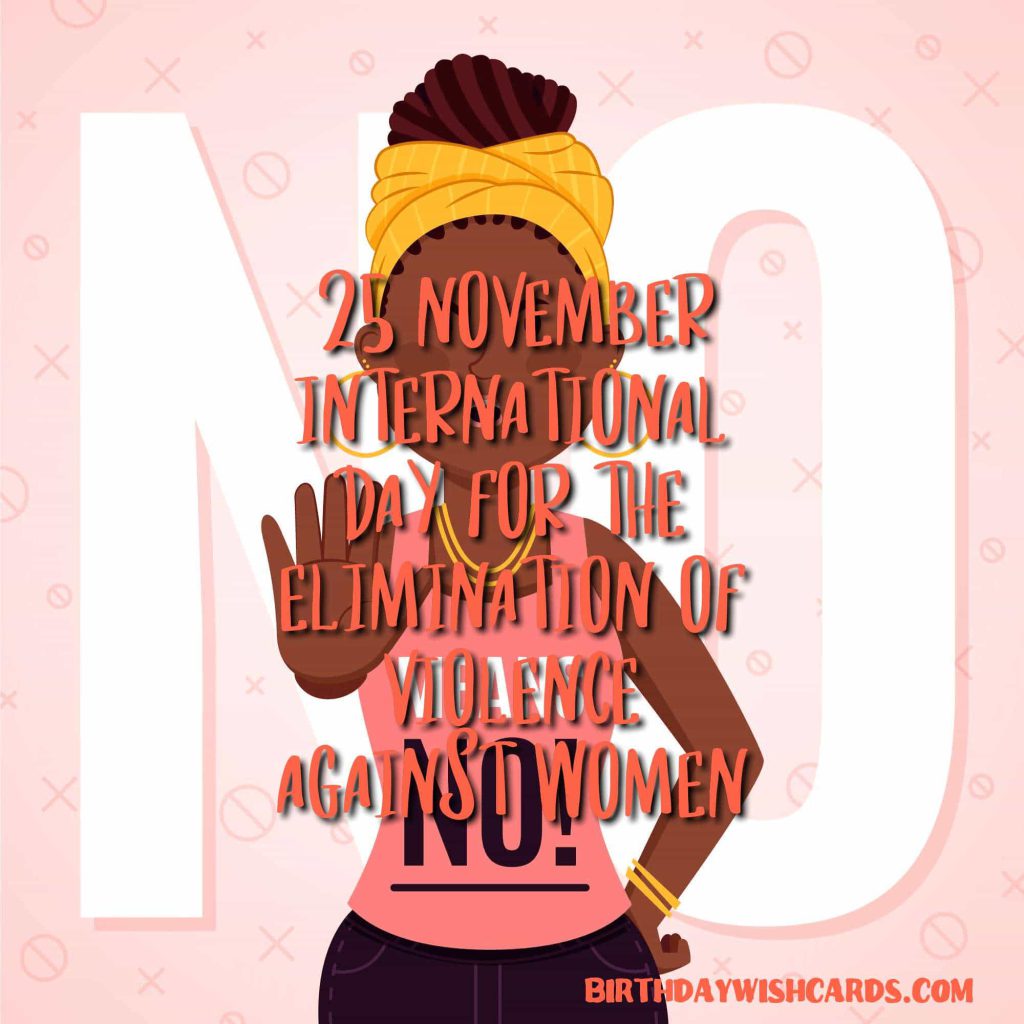
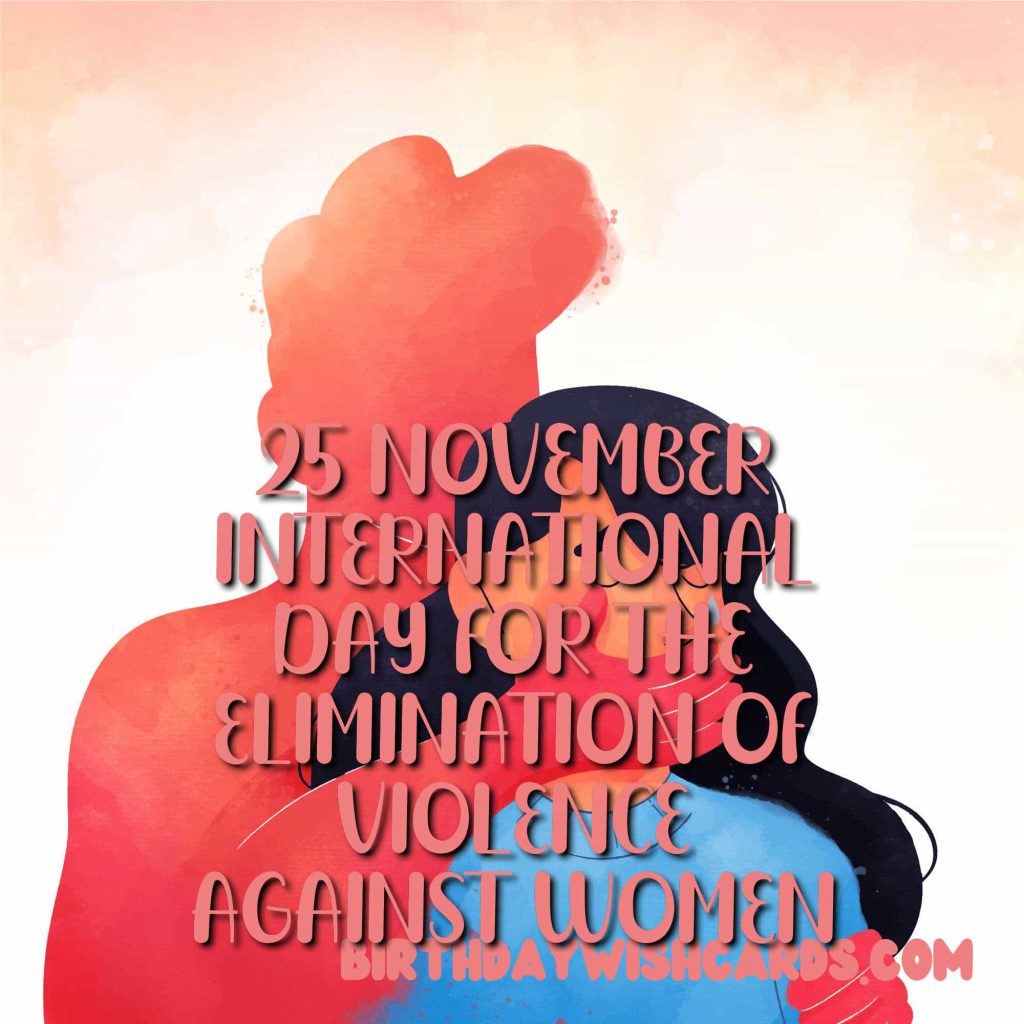

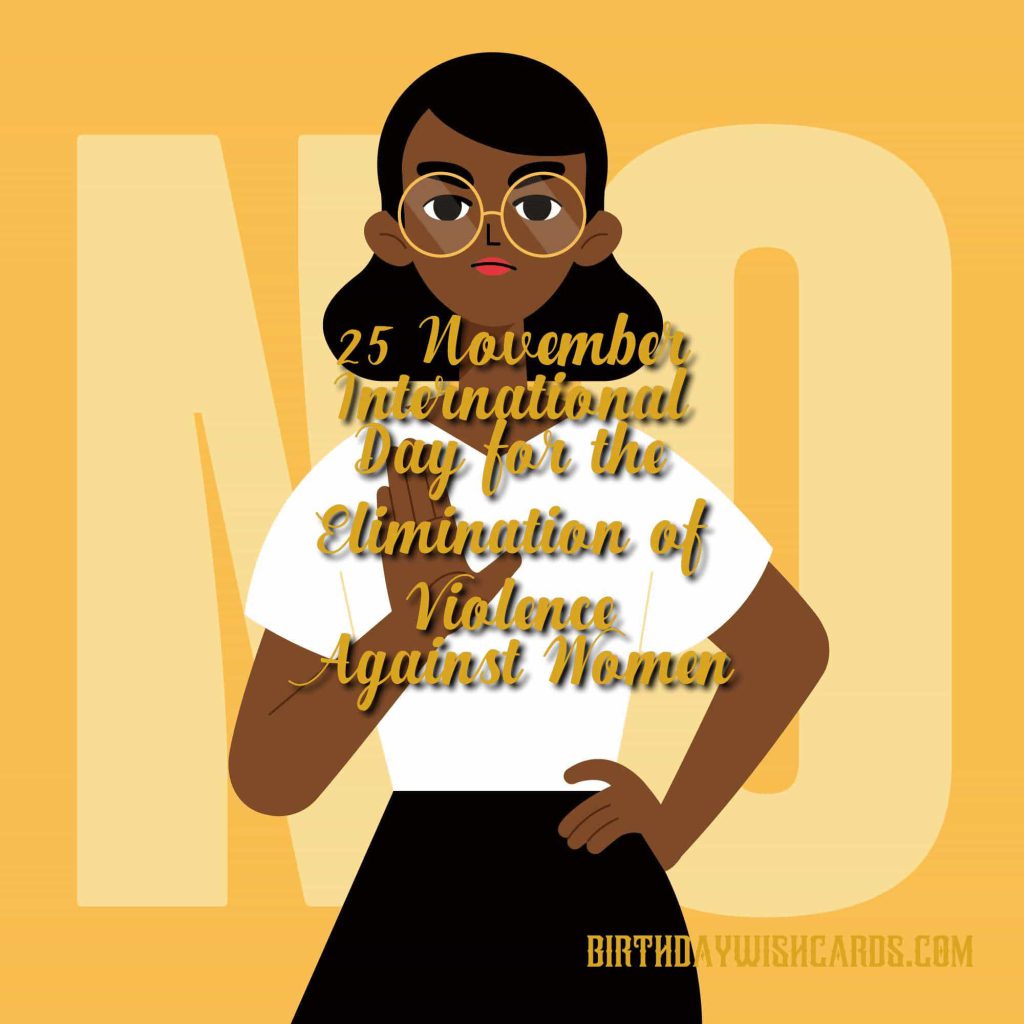
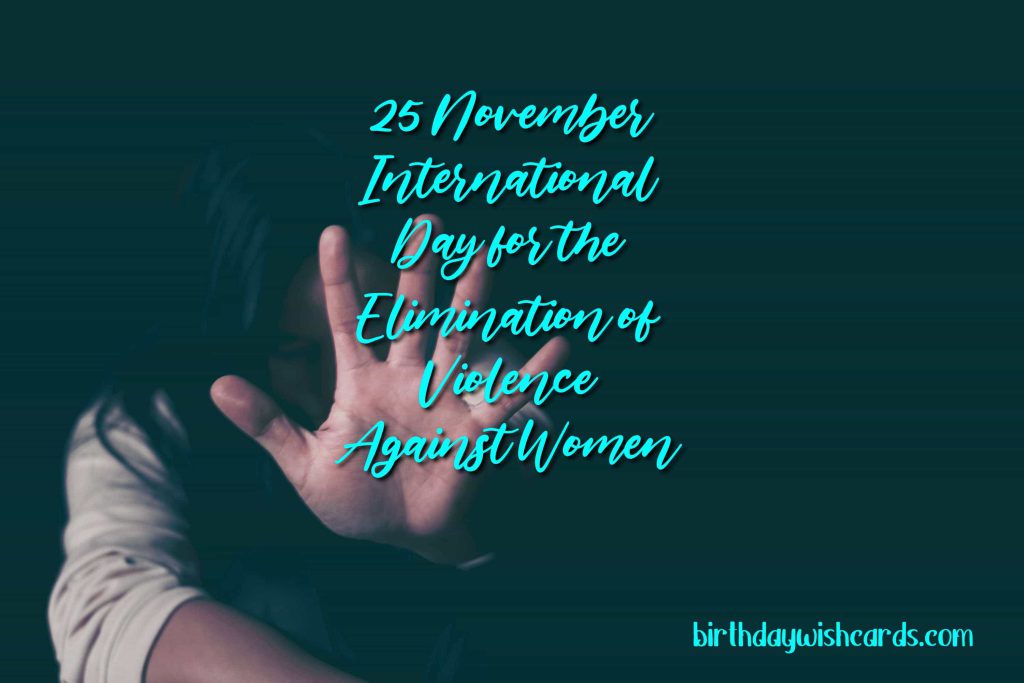
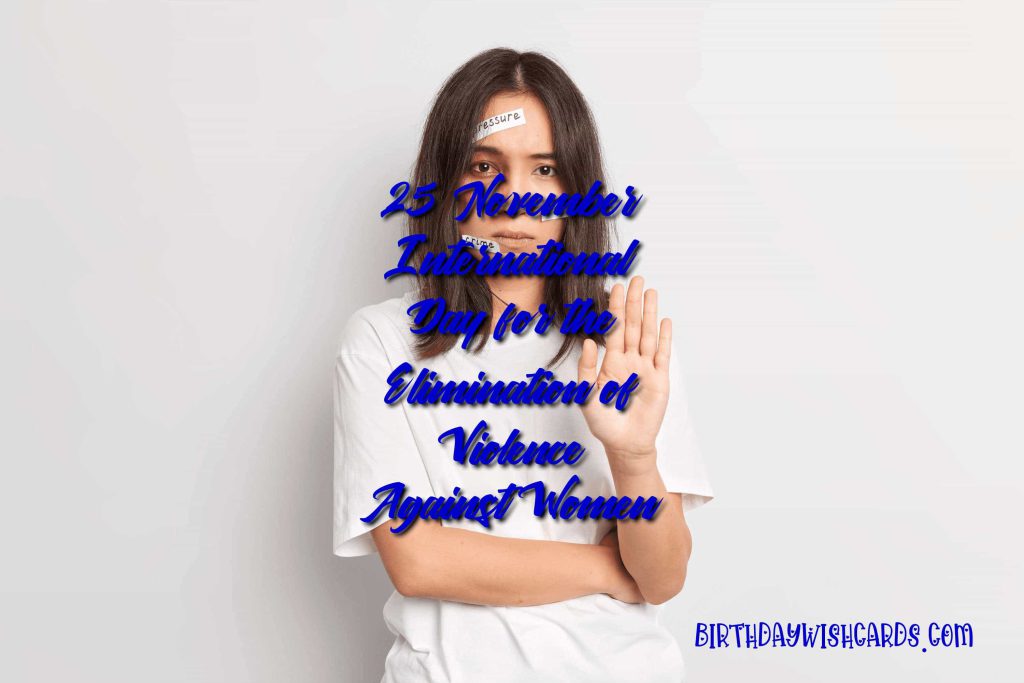

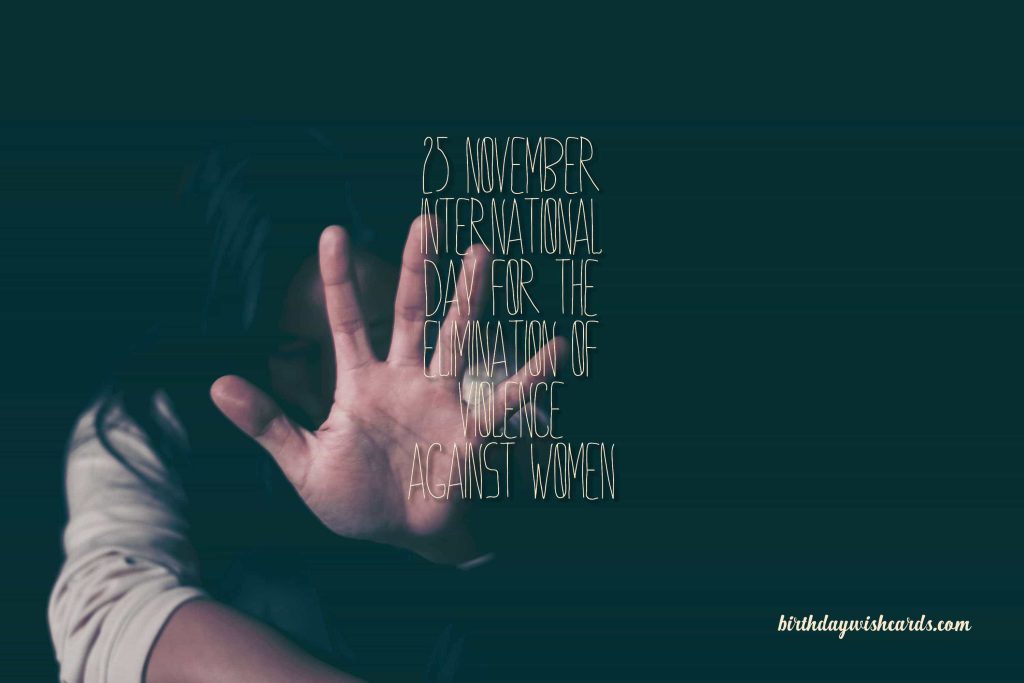
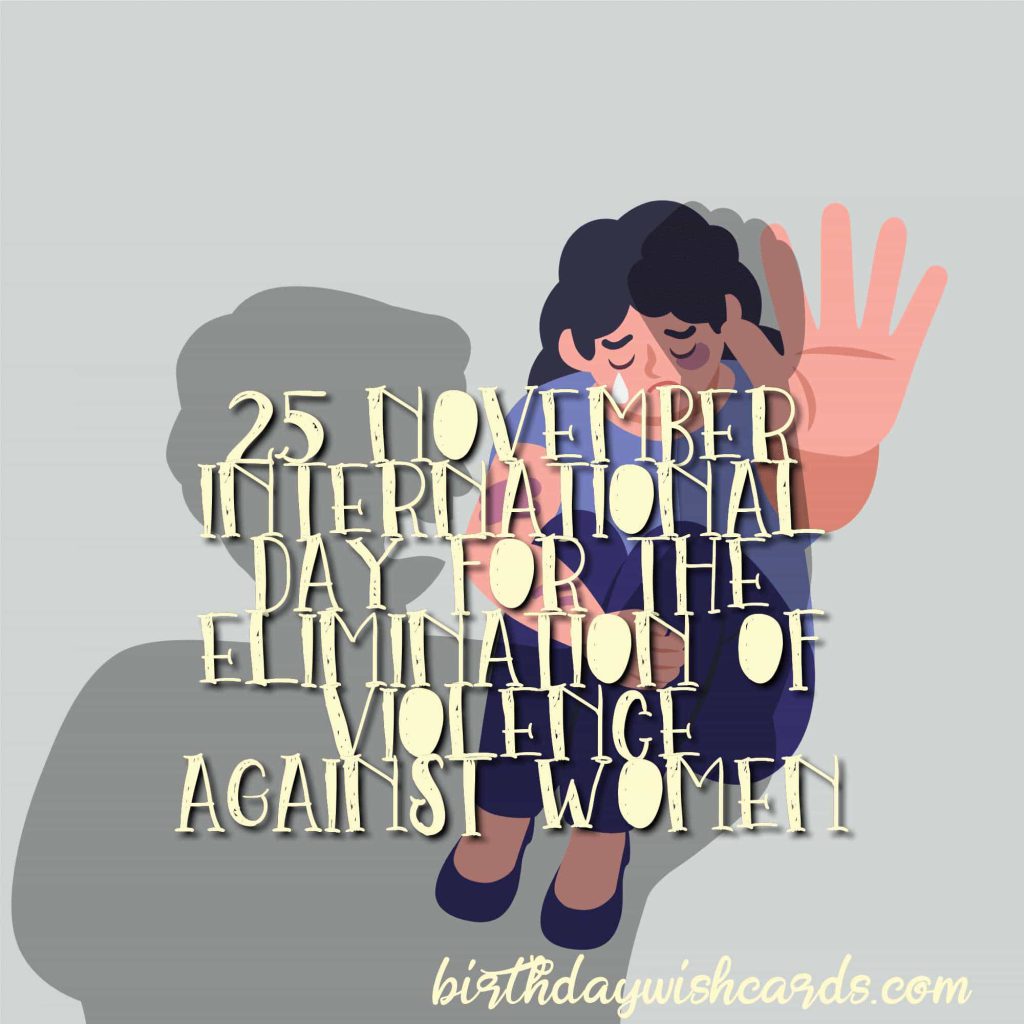
[IMG_




